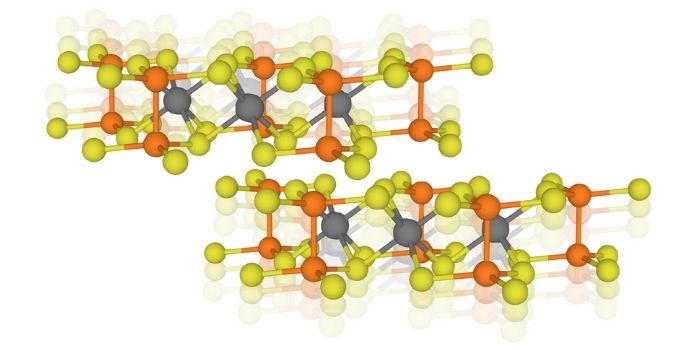Frequency dependence in GW made simple using a multi-pole approximation
In the context of condensed matter physics, many body perturbation theory (MBPT) provides accurate methods to study spectroscopic properties from an ab initio perspective. The calculations often adopt the so-called GW approximation. The frequency integration in the evaluation of the GW self-energy is crucial to the deployment of the method. While common approaches are typically accurate, they often turn out computationally too demanding, ex. full frequency (FF) approaches, or somehow limited in accuracy, ex. plasmon pole approximations (PPA). In this work we propose a multi-pole model (MPA) that naturally bridges from the PPA to FF treatments of the GW self-energy.
This new approach was developed within the PhD project of Dario A. Leon Valido, in collaboration with C. Cardoso, A. Ferretti, D. Varsano and E. Molinari from CNR Nano, and T. Chiarotti from Ecole Polytechnique Fédérale de Lausanne (EPFL), Lausanne, Switzerland. The new method was implemented numerically within the MaX flagship code Yambo.
This work explores the analytic properties of the response function by using a multi-pole model. The results are then used to implement a new technique that allows one to obtain a simplified yet accurate description of W on the frequency real axis and evaluate the GW self-energy in an efficient way. The new MPA technique leads to a level of accuracy comparable with FF methods at much lower costs.
This method increases GW calculations accuracy with respect to the most used approximations and accelerates them with respect to FF method. It has the potential to be adopted by a large share of the theoretical spectroscopies community since it can be easily included in many of the most common GW implementations.
Left panel: An illustration of the optimized double parallel X sampling with a 9 points semi-homogeneous grid along the real axis. The isolines in the background correspond to a toy polarizability function with 200 poles on the real axis. Right panel: Selected TiO2 X matrix elements computed within MPA with 1, 3, 4 and 9 poles and compared with the corresponding FF real-axis results.



